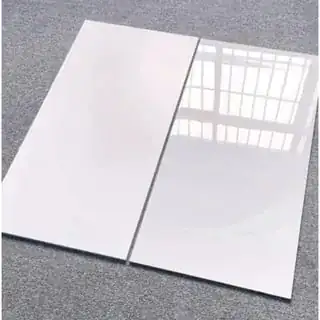A White object reflects all the visible colored light but so does a flat silver object (mirror) so what makes them look so different?
This has been answered here but that shouldn't be true because white objects can be highly polished too. Also if we make a silver object irregular/rough it doesn't turn white
EDIT:
(1st img) The metal surface doesn't particularly look white (as the answer claims in the above link). (2nd img) The white surface does reflects impressions of windows here but it look nothing like a mirror (in terms of showing the natural vibrant colors of the object in front of it as a mirror does). Why the difference in nature if they do almost the same thing (i.e. reflect all the colored light. Or are we missing something?

